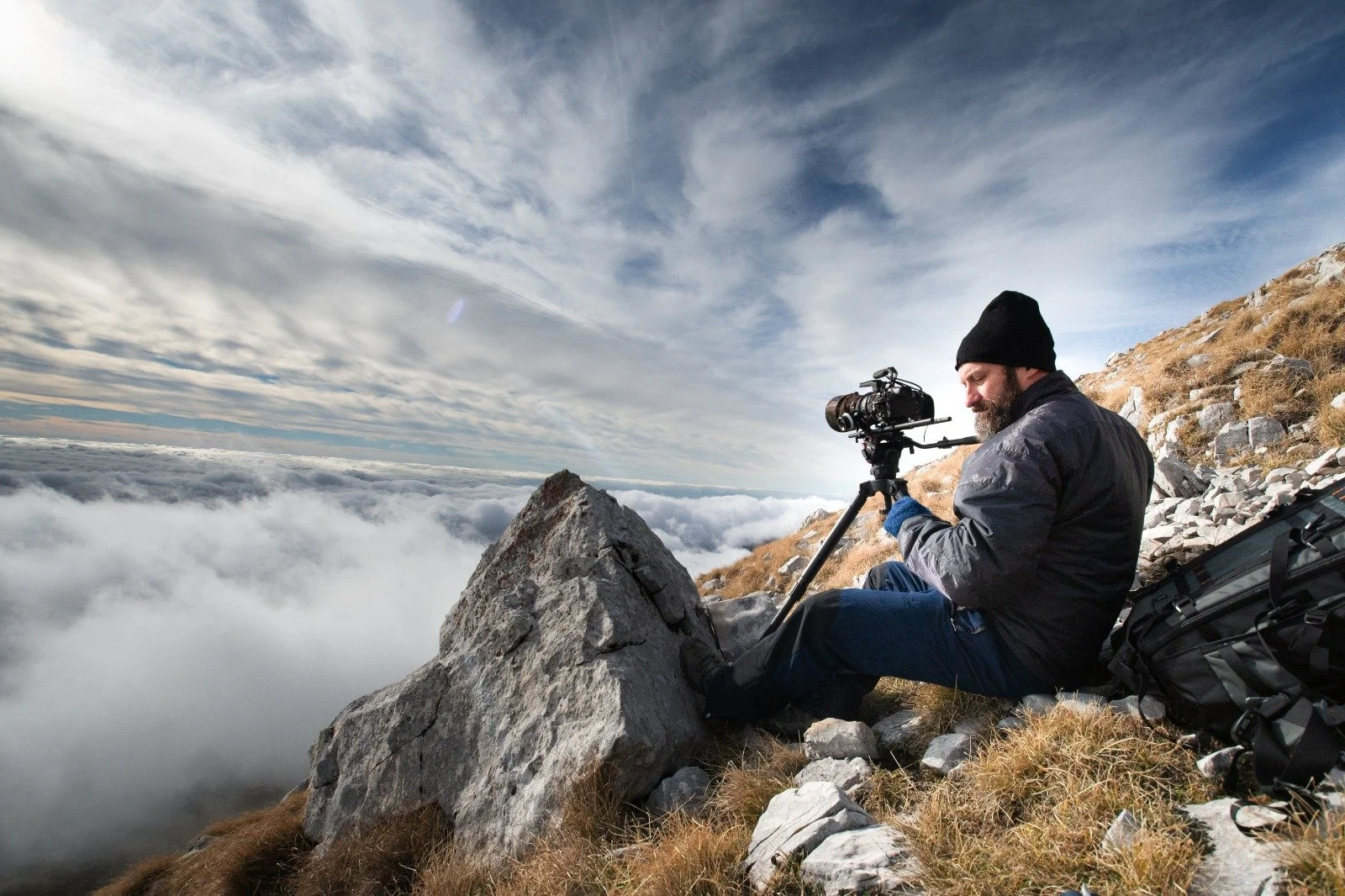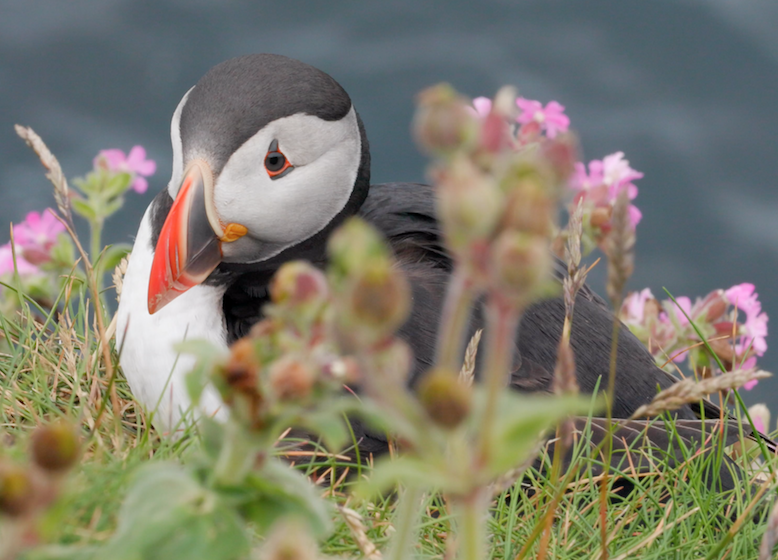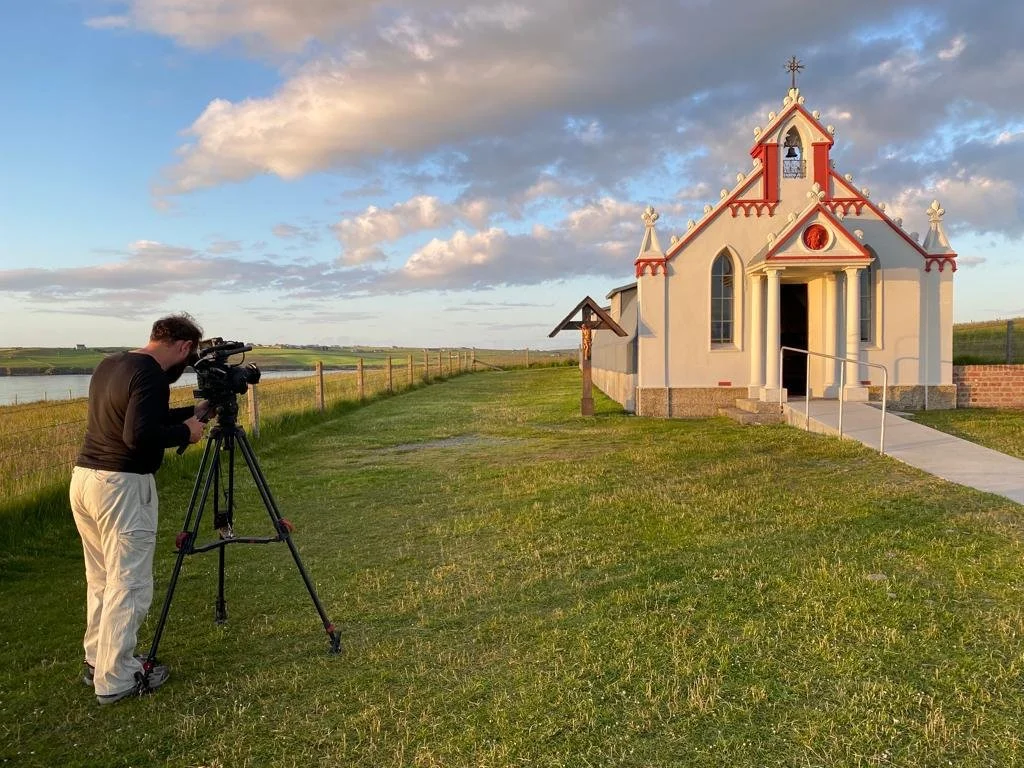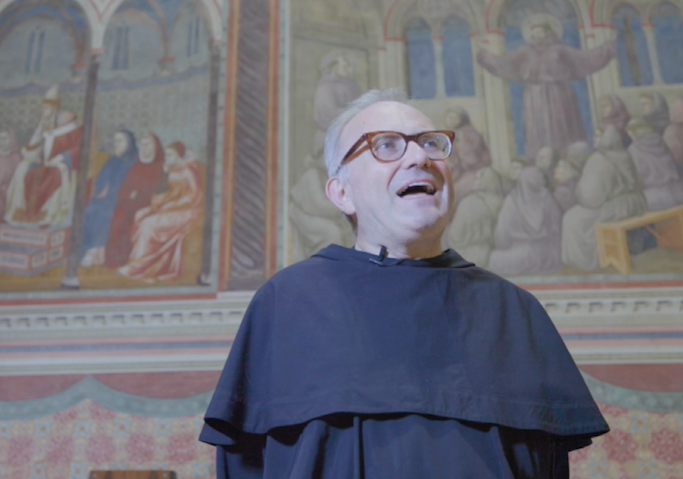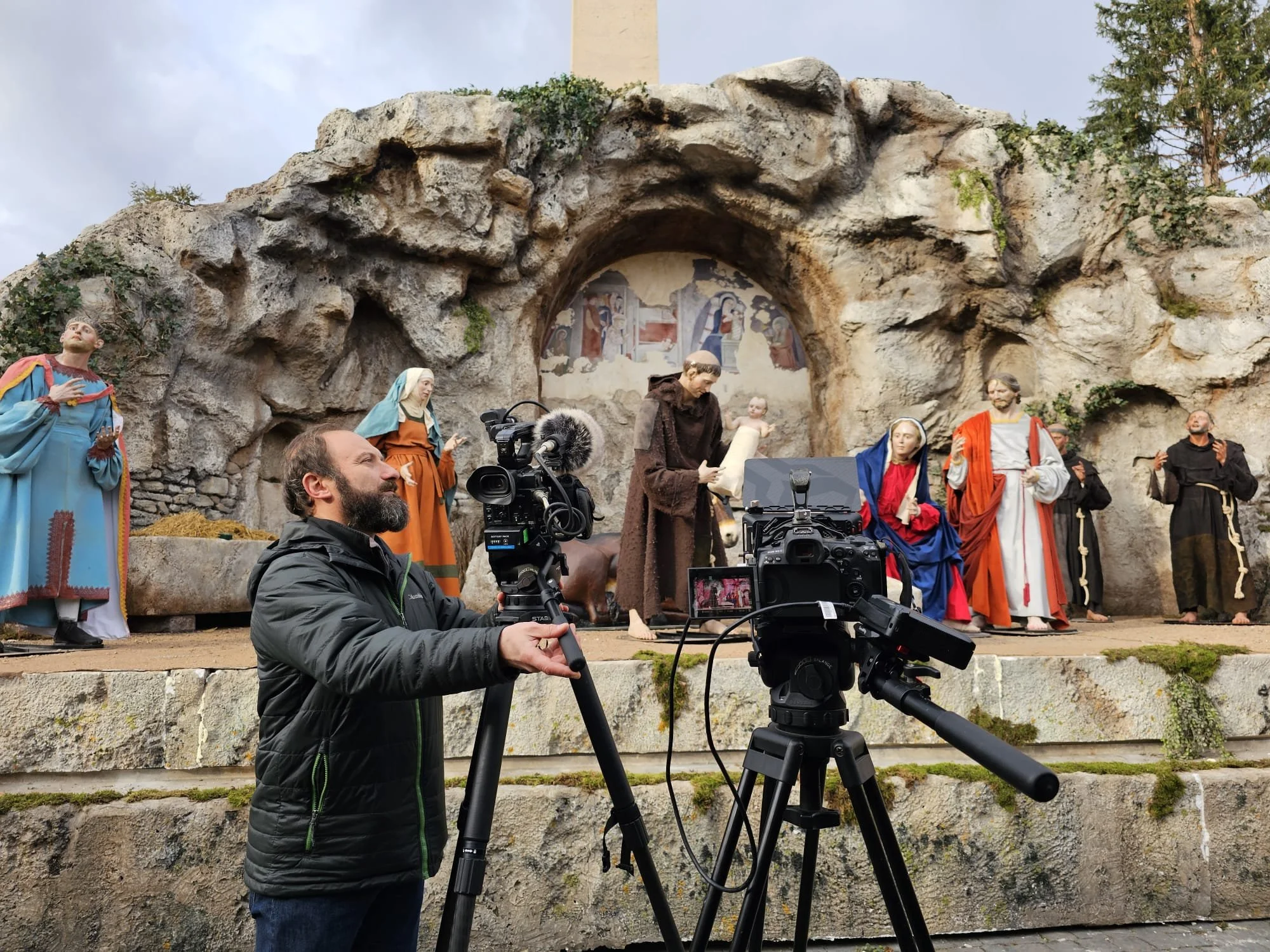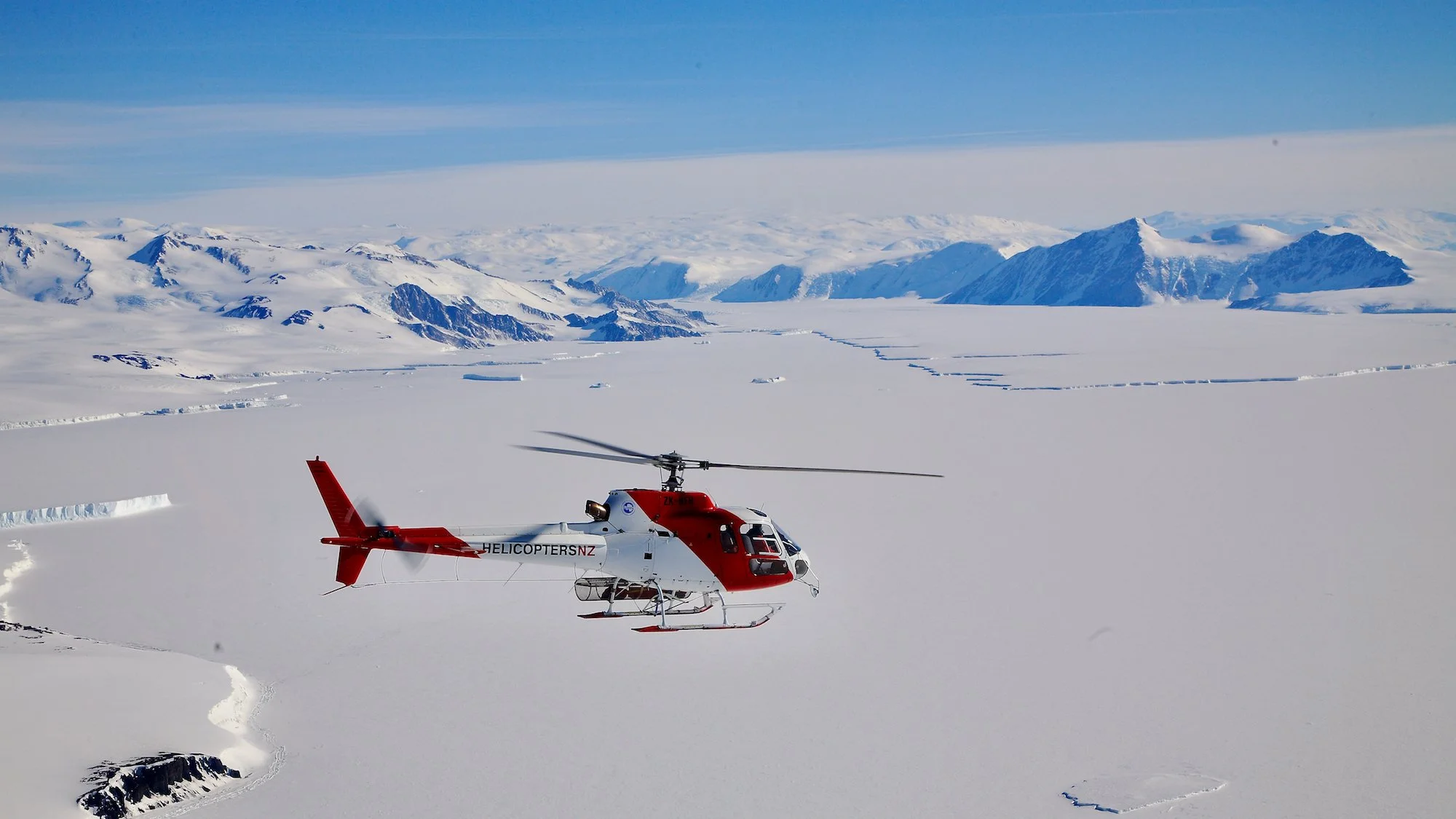
In Development
Erebus is developing a range of projects focused on the natural world and on history, both single broadcasts and series, with the capacity to develop either based on need.
Current documentary projects under way include two large scale productions in Antarctica, which lean on the team’s specialisations on this continent, as well as historical explorations of religious stories in Scotland and Italy. These international productions pair Italian broadcasters with those elsewhere across Europe and beyond, creating collaborative broadcasts across borders.
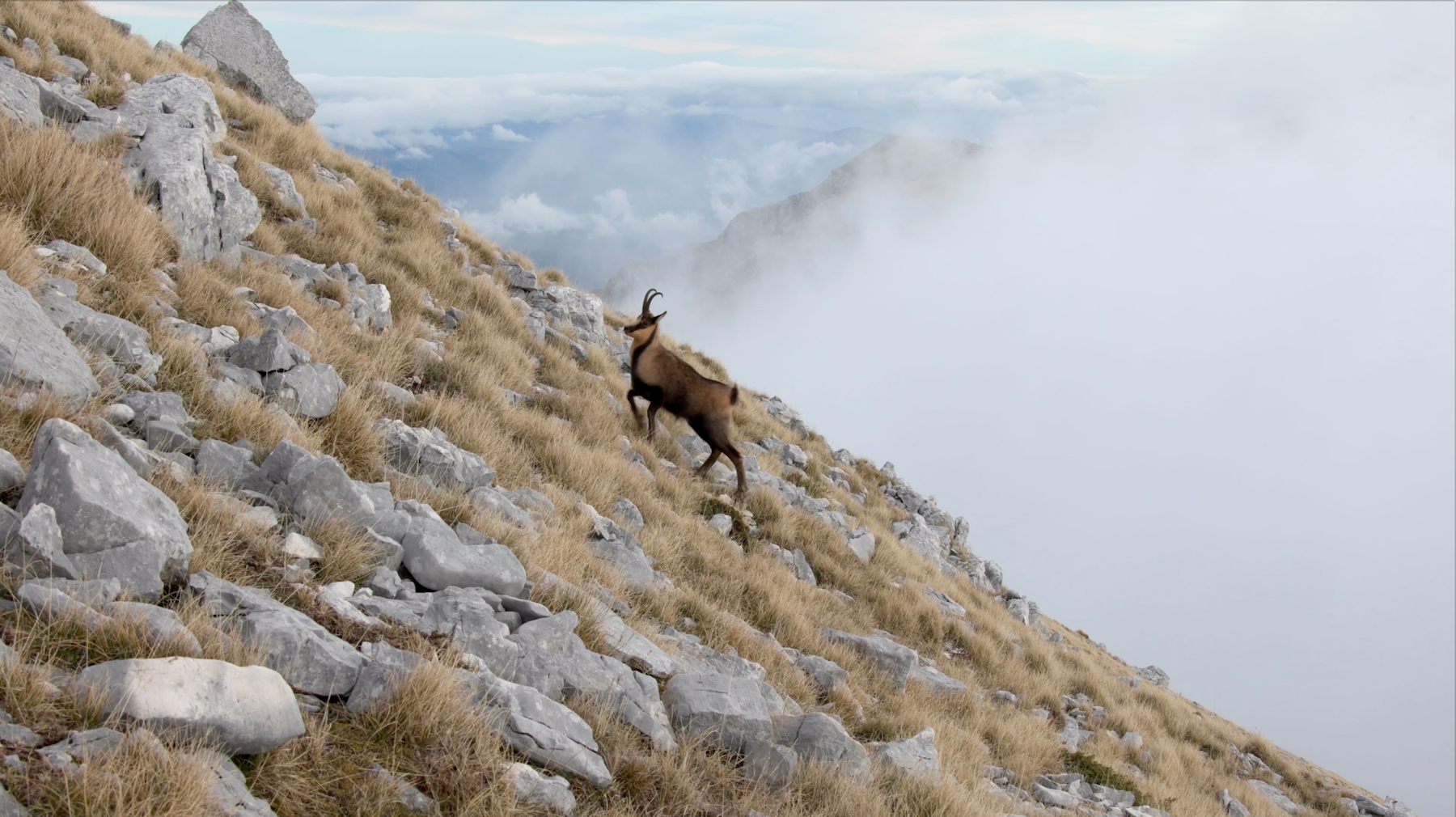
The Golden Fleece
ITALY | NATURAL HISTORY | 1 X 52’ & PILOT OF SERIES
At the end of the Second World War only a small group of about 40 Apennine chamois had managed to survive the unbridled hunt. One of the most majestic and rare species of European mammal seemed destined to disappear forever. But, determined to survive, those last remaining chamois took refuge in one of the wildest and most inaccessible areas of the mountains of central Italy, preventing anyone, predators or humans, from reaching them. This is their story. This bluechip documentary will finally reveal the secret life of these kings of the peaks, showing their true and intimate essence for the first time.

The Italian Chapel
ORKNEY & ITALY | HISTORY | 1 X 52’
The incredible story of the construction of a valuable chapel on a remote Scottish islet in the North Sea by Italian prisoners of war is the beginning of an extraordinary history of humanity. Brought to the isolated Orkney Islands as prisoners of war, Italian soldiers united with their former enemies through the creation of a unique place of worship – the Italian Chapel. Years later a restorer known for her work on the Sistine Chapel stumbles upon the chapel during her travels and dedicates her life to bringing it back to its former glory. We travel with her across Scotland and Italy as she tracks down the descendents of the soliders who built it, uncovering the legacy of this little- known chapter of the Second World War and the true Miracle of Camp 60.
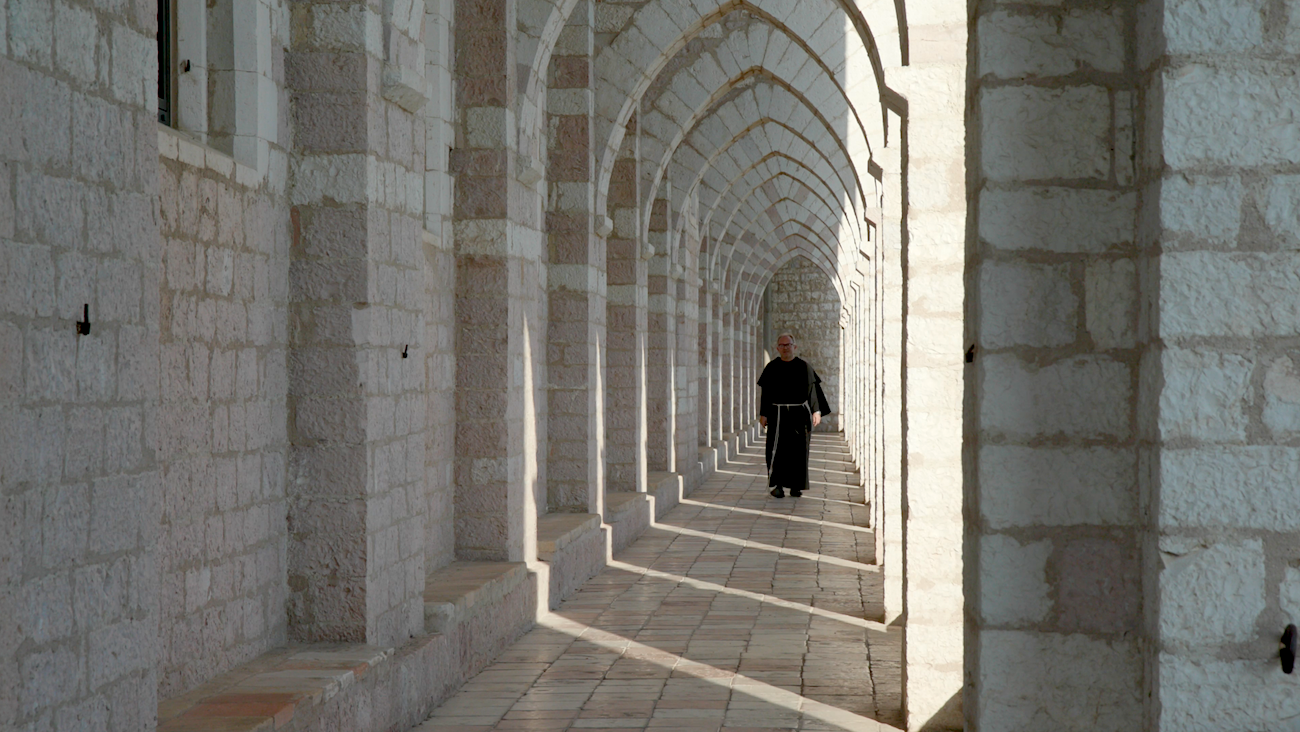
Saint Francis’ Final Mission
ITALY | HISTORY | 1 X 52’
Saint Francis of Assisi is best known for his miracles, philanthropy and connection to the natural world. But it was his final, and least known years, that were the most important. Eight hundred years ago, feeling like he had failed in his life’s mission, Saint Francis embarked on his path to reach God. Through the voices of today’s modern Franciscan monks from Rome to Assisi, artisans sculpting the finest nativities in Naples and the Vatican, this documentary reveals the impact of St Francis’ work, 800 years on – demonstrating his enduring legacy to this day. From visiting the mountain sanctuaries where St Francis wrote the rule of the Franciscan order and held the world's very first nativity, to the site where he received stigmata, this is the untold story of the real Saint Francis, showing a new side to this most famous of saints, and the impact of his final years.
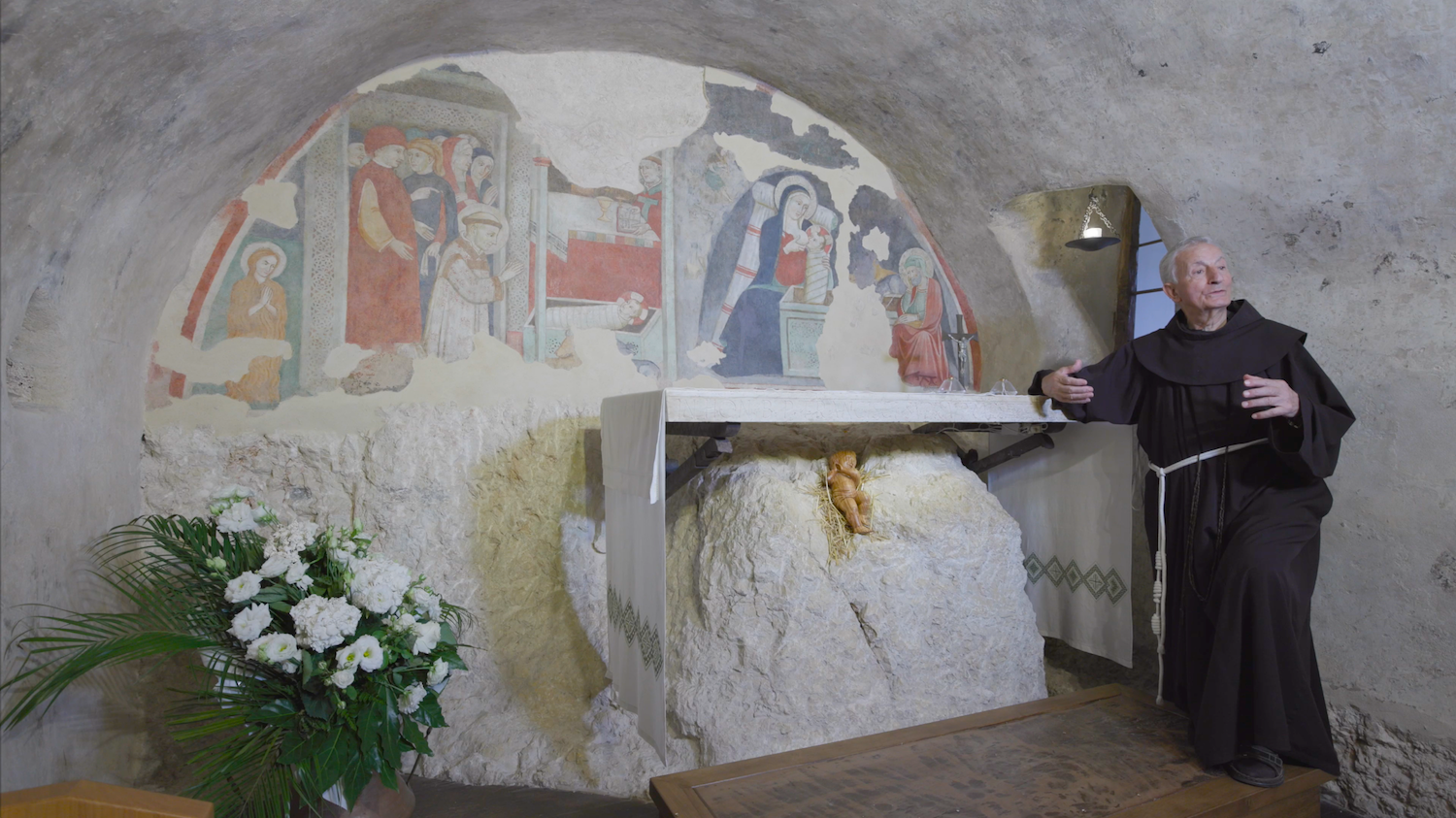
The True Story of the Nativity
ITALY | HISTORY | 1 X 52’
The nativity is one of the most famous traditions in the Christian world, but its story is hardly known. On the night of Christmas 1223, in the mountains of central Italy, Saint Francis of Assisi – sanctioned by the Pope himself – created the first living nativity. This is the true story behind the Christmas tradition beloved around the world, told in the sites where it all began. From the huge nativity scene erected in Saint Peter’s Square in the Vatican to the traditional artisans sculpting opulent figurines in Naples, along with interviews with friars in the Franciscan order in Greccio and Assisi, see how Saint Francis brought the birth of Christ to the people, and how this tradition lives on and evolves to this day in different cultures around the world.
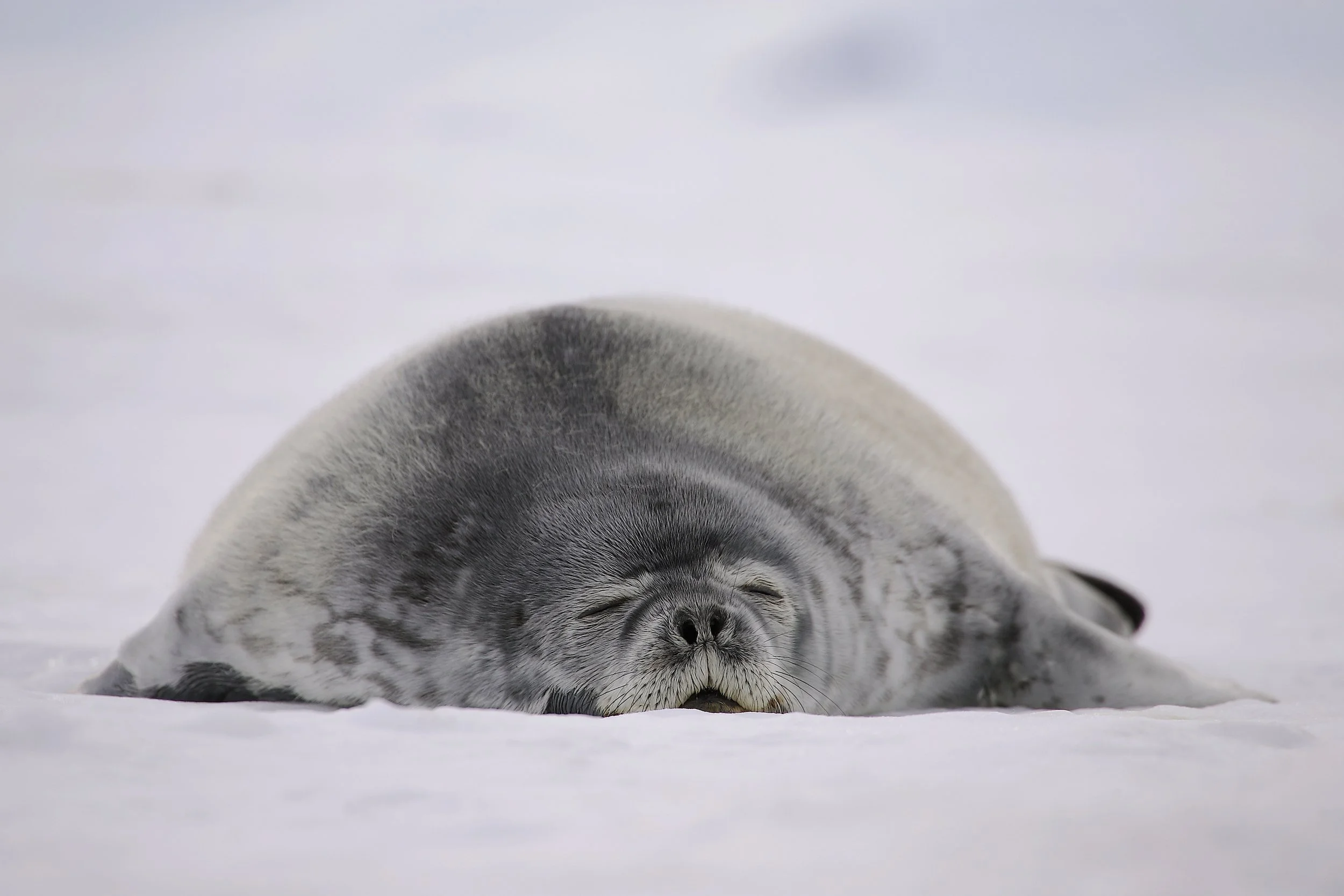
Frozen Awakening
ANTARCTICA | WILDLIFE, NATURAL HISTORY | 1 X 52’
Under the quiet but watchful eye of the Melbourne volcano, the light of the first spring sun sets the polar ice shimmering. With the return of sunlight, the few animals that manage to survive in the depths of Antarctica begin to emerge from the infinite polar night. It’s the start of the most challenging part of the year for the Emperor penguins of Cape Washington, the Adélie penguins of Inexpressible Island and the Weddell seals of Kay Island, who must bring new life into a frozen world. It’s not just the wildlife which is rousing. Remote scientific bases once more become filled with experts searching for answers on the last continent reached by people. This is the story of life awakening in the hinterland of early spring on the Ross Sea, 75° south in Antarctica – from the continent's wildlife to its humans.
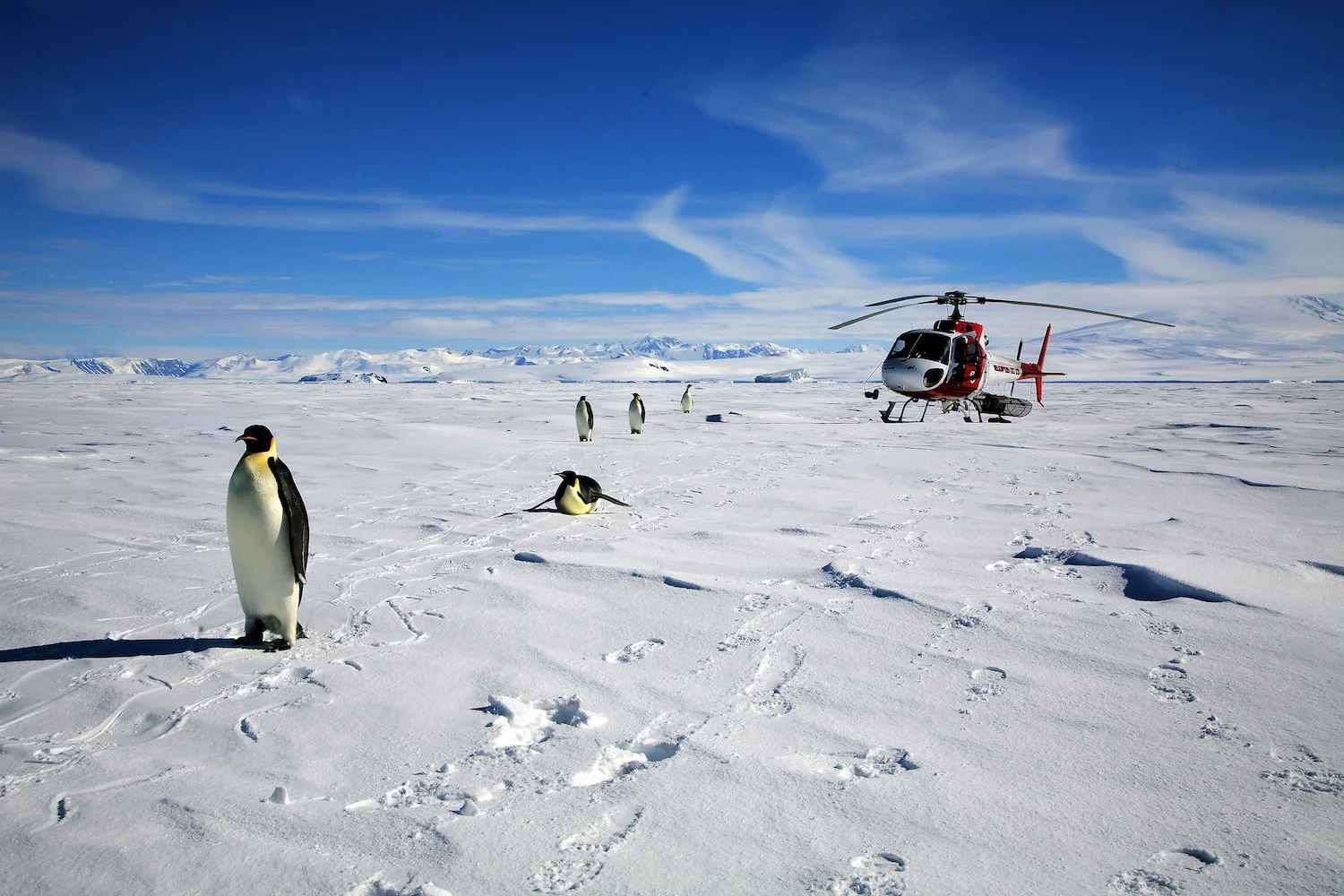
Antarctica at the Edge
ANTARCTICA | WILDLIFE, NATURAL HISTORY | 3 X 52’
Summer in Ross Island, Antarctica. In the daytime, temperatures are still far below zero. It’s the most inhospitable place on the planet to live. And yet today people from around the world call this continent home. This landmark 3-part series takes a comprehensive look at the whole of Antarctica, through three of its worlds – its human inhabitants, its wildlife and the ice landscape itself. From the coast of the Dumont D'Urville Sea to the tip of the Antarctic Peninsula, passing through the Ross Sea, the Transantarctic Mountains, and the geographic South Pole, the series documents every environment on the continent, revealing its fragility and wonders alike. At its heart is the continent’s pivotal role in tackling climate change. It is here, among the Antarctic ice, that scientists from across the world are able to track the progression of global warming earlier than anywhere else and understand what can be done, before it’s too late. This is the final frontier of climate science.
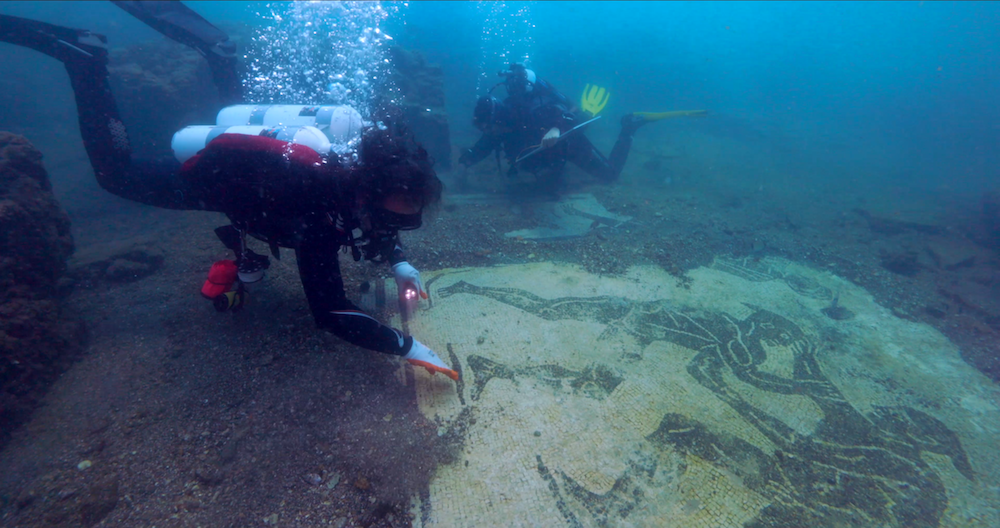
Rome’s Greatest Enemy
ITALY, GERMANY & UK | HISTORY | 4 X 52’
To build the greatest empire in human history, the Romans had to defeat many enemies. But throughout all their epic battles, they always faced a constant enemy – Mother Nature. The harshest and cruellest combatant, always throwing new challenges their way. From crossing the Alps to defeat Galle through to building an immense war fleet in the middle of Germany, Rome met these challenges every time. Such extraordinary feats of engineering allowed them to conquer natural obstacles no one else even dared attempt, carving out an extraordinary empire. Our series, built around in-the-field archaeological exploration and exclusive interviews with historians and natural scientists, shows how the Romans fought with nature – and won.

